The Undeniable Value of Printed Labels in Packaging
In today's fast-paced consumer-driven world, packaging plays a vital role in capturing the attention of customers and effectively communicating essential information about a product. Among the various components of packaging, printed labels stand out as powerful tools that not only enhance the visual appeal but also convey vital details. In this blog, we will explore the value of printed labels in packaging and how they contribute to brand recognition, consumer trust, and overall product experience.





- Brand Recognition: Printed labels serve as a tangible representation of a brand's identity. They provide an opportunity for companies to showcase their logos, colours, and unique designs, making their products instantly recognizable on store shelves. Consistent and visually appealing labels help create a strong brand presence, aiding in brand recall and differentiation from competitors. Whether it's a simple yet elegant design or a bold and vibrant label, the visual impact of printed labels significantly contributes to brand recognition.
- Essential Information: Labels are not just about aesthetics; they also serve as a means to convey vital information about a product. From ingredients, usage instructions, and nutritional facts to safety warnings and certifications, printed labels offer a concise and accessible platform for communicating crucial details. Clear and well-organized labels enable consumers to make informed decisions, particularly regarding dietary restrictions, allergies, and sustainability preferences. By providing accurate and transparent information, printed labels help build consumer trust, which is essential in today's market.
- Compliance and Safety: In many industries, strict regulations govern the packaging and labelling of products. Printed labels play a crucial role in ensuring compliance with these regulations, which vary across countries and regions. Labels that adhere to legal requirements, such as product identification, hazard symbols, and regulatory logos, not only protect consumers but also safeguard the reputation of the brand. Printed labels act as a visible testament to a company's commitment to quality, safety, and regulatory compliance.
- Shelf Appeal and Marketing: Printed labels contribute to the overall aesthetics of product packaging, increasing its shelf appeal. Eye-catching labels with attractive visuals, engaging graphics, and innovative designs are more likely to catch the attention of potential customers. In a crowded marketplace, where numerous products vie for consumer attention, the label can be the deciding factor that prompts a purchase. Labels also serve as an effective marketing tool, allowing companies to convey their product's unique selling points, such as eco-friendliness, organic ingredients, or special features. Compelling marketing messages on labels can influence consumer perception and generate interest in the product.
- Enhancing User Experience: Printed labels play a significant role in enhancing the overall user experience. Labels that provide clear instructions, usage guidelines, and product benefits ensure that consumers have a seamless and satisfying experience with the product. Labels that incorporate interactive elements like QR codes or augmented reality features can provide additional value by offering access to digital content, promotions, or loyalty programs. The thoughtful inclusion of such elements in printed labels can elevate the product experience, fostering customer loyalty and repeat purchases.
Printed labels are more than just decorative elements on product packaging; they are invaluable assets that contribute to brand recognition, consumer trust, and overall product experience. Through their visual appeal, provision of essential information, compliance with regulations, shelf appeal, and ability to enhance user experience, printed labels play a pivotal role in shaping consumer perceptions and driving purchasing decisions. In an increasingly competitive market, companies must recognize the immense value of printed labels in packaging and leverage them to establish a strong brand presence and forge lasting connections with consumers.
